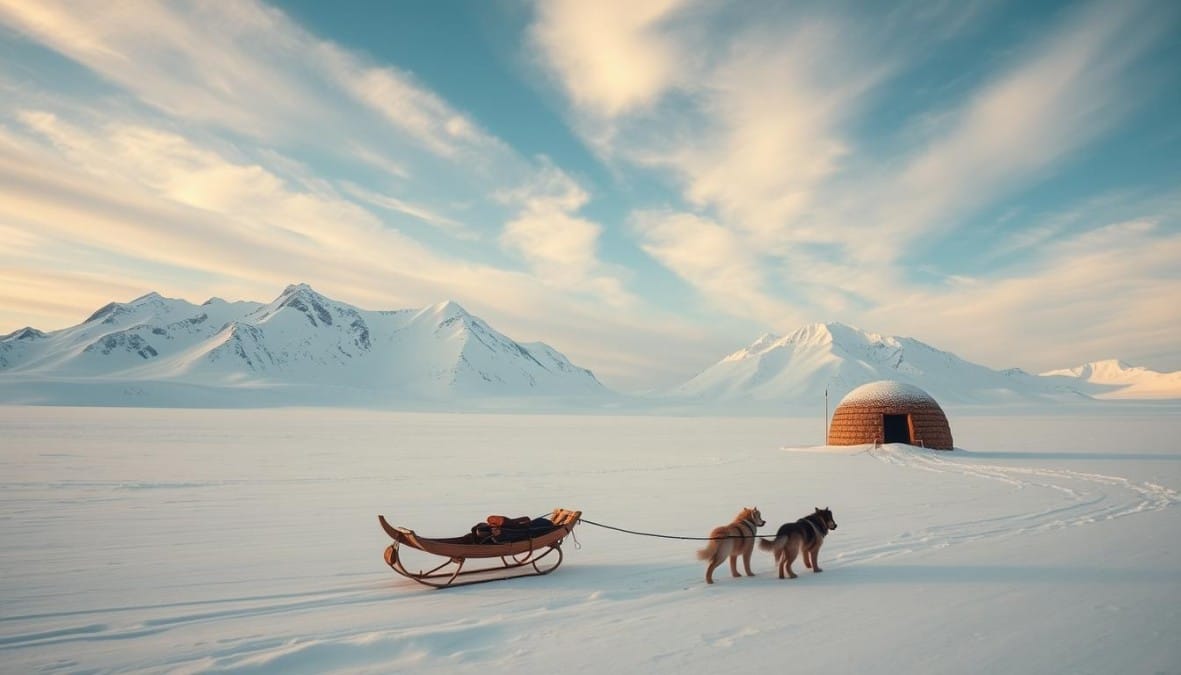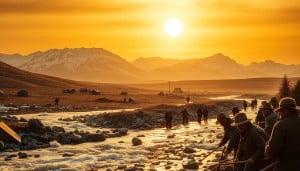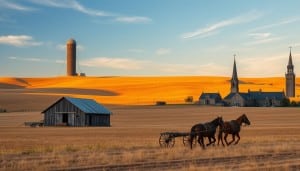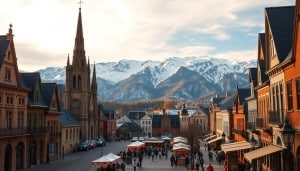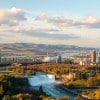On April 1, 1999, Canada witnessed a significant event—the creation of Nunavut. This day was not just about changing maps. It was a celebration of Inuit culture and strength. The groundwork for this event was laid by pioneers. They worked hard to create a government that reflects the people’s heritage and goals.
This journey to Nunavut’s creation is filled with dedication and leadership. Iqaluit’s history, the capital of Nunavut, shows the people’s resolve. Their rich traditions are now part of Canada’s story, marking a new era.
The birth of Nunavut is a time to remember the past and look forward. It symbolizes unity, respect, and a shared vision for the future. Leaders and communities came together to make this dream real for the Inuit and all Canadians.
Background on Canada’s Geography and Territories
Canada’s vast lands are a beautiful mix of scenes, each rich in history and nature. The North, with its complex ecosystems and special traits, is home to the famous Arctic Archipelago. This area is known for its ice and rough landscapes. It’s essential for Canadian geography and as a home for many animals.
Nunavut features glaciated mountains and rich coastlines, marking a significant part of the North. Its subarctic climates stretch beyond the treeline. These places show how diverse and vast Canada’s environment is. From the Arctic Archipelago’s ice to Hudson Bay’s tough ecosystems, it’s all important.
The history of these areas adds to Canada’s cultural depth. People have lived here for ages, adapting to the cold. These places show the strength of humans and the importance of Northern Canada to the world’s nature and how we look after it.
Indigenous Peoples of Nunavut
The rich history of Nunavut’s Indigenous people is filled with Inuit traditions from long ago. Their story shows how culture and daily life have managed to keep going despite many changes. We will look into how their traditions, cultures, and languages continue to survive in the Arctic.
Inuit Culture and Traditions
The Inuit of Nunavut respect nature and have learned to adapt to it. They have always relied on hunting and fishing. These skills are taught from one generation to the next, helping them live in a tough environment. Gatherings and family are very important to them. The kivgiq (messenger feast) is a special event where they share old stories and strengthen their community.
Languages Spoken in Nunavut
Speaking Inuktitut is a big part of being Inuit. It has been around for a long time and is used every day in Nunavut. In schools, kids are taught in Inuktitut so the language will stay alive for many more years.
Historical Land Use by Indigenous Groups
The Indigenous people of Nunavut have always used the land wisely. They moved with the seasons to hunt caribou or seals, knowing the land well. This deep respect for nature has let the Inuit live successfully in a very hard place for thousands of years.
Formation of Nunavut: A Timeline
The journey to establishing Nunavut shows great determination and community effort. This key moment in Nunavut’s history highlights how Inuit voices directed their future.
Key Events Leading to Nunavut’s Creation
Since the late 1800s, efforts began for Nunavut to gain territory status. The Inuit Tapirisat of Canada was crucial in advocating for Inuit rights. This led to more political action and key land claims talks.
The Nunavut Land Claims Agreement
In 1993, the Nunavut Land Claims Agreement was a historic deal. It set the stage for Nunavut’s creation, giving Inuit rights to their land and resources. It’s a major achievement in Canadian aboriginal land claims.
Official Establishment in 1999
On April 1, 1999, Nunavut became an official territory. This date marks a big step for Canada and a win for indigenous governance. It celebrates years of Inuit efforts for recognition and self-rule.
| Event | Date | Significance |
|---|---|---|
| Signing of Nunavut Land Claims Agreement | 1993 | Established the groundwork for the creation of Nunavut |
| Official Establishment of Nunavut Territory | 1999 | Marked the actualization of a self-governed territory |
We look back on these events with pride and a sense of duty. It shows the hard work and unity needed to create Nunavut. We also celebrate the unique culture and politics of Nunavut today.
Nunavut’s Government Structure
In Nunavut, the government is all about Inuit leading themselves. It’s built on being open and having the community take part. Nunavut stands out in Canada because its government doesn’t have political parties. Instead, it focuses on what Inuit and the community want when making policies.
Nunavut’s Legislative Assembly is at the heart of its rule. It shows what the Inuit people value and aim for. MLA’s (Members of the Legislative Assembly) get elected without any party politics. They come together to tackle issues and make laws that fit the community’s cultural values. Working together, they make sure laws work well and respect Inuit culture.
The Premier and Cabinet team up with the Legislative Assembly. They handle the territory’s day-to-day affairs and put laws into action. Their leadership is key. It guides the government’s plans, making sure they meet the people’s needs and help Nunavut grow.
Community Governance in Nunavut shows the strong tradition of locals getting involved. People take active roles in their municipal councils and advisory groups. This lets them really influence decisions in their area and beyond. Such participation ensures the government stays true to Inuit culture and the community’s dreams.
Economic Development in Nunavut
Nunavut’s economic scene is both challenging and full of potential. To grasp its development, we look into its history. This history shows the journey of building an economy in a very remote part of the world.
Main Industries in the Region
Mining, arts and crafts, and fishing are key to Nunavut’s economy. They mirror the territory’s deep cultural roots. Mining, especially, has grown a lot. The Mary River Mine plays a big role in local income. This shows a pivotal moment in Nunavut’s economic history, making the region more financially secure.
Challenges Facing Economic Growth
Nunavut’s economic growth faces hurdles. Issues include its isolated location, high living costs, and a big need for imported goods. There’s also a lack of local workforce skills. This makes it hard to diversify the economy and promote development.
Opportunities for Sustainable Development
Sustainable growth is crucial for Nunavut’s future. It relies on natural resources and the Inuit’s traditional knowledge. Focusing on skills improvement, supporting local businesses, and using resources wisely can build a strong, lasting economy.
The tale of Nunavut’s economic journey is one of progress and trials. But, the region’s resilience and innovation shine through. With teamwork and sustainable practices, Nunavut is moving towards a brighter, more stable future despite the Arctic’s tough conditions.
Education and Literacy in Nunavut
Nunavut is deeply committed to building a literate, empowered community. Schools like Nunavut Arctic College are key. They offer academic and vocational training important for community and personal growth.
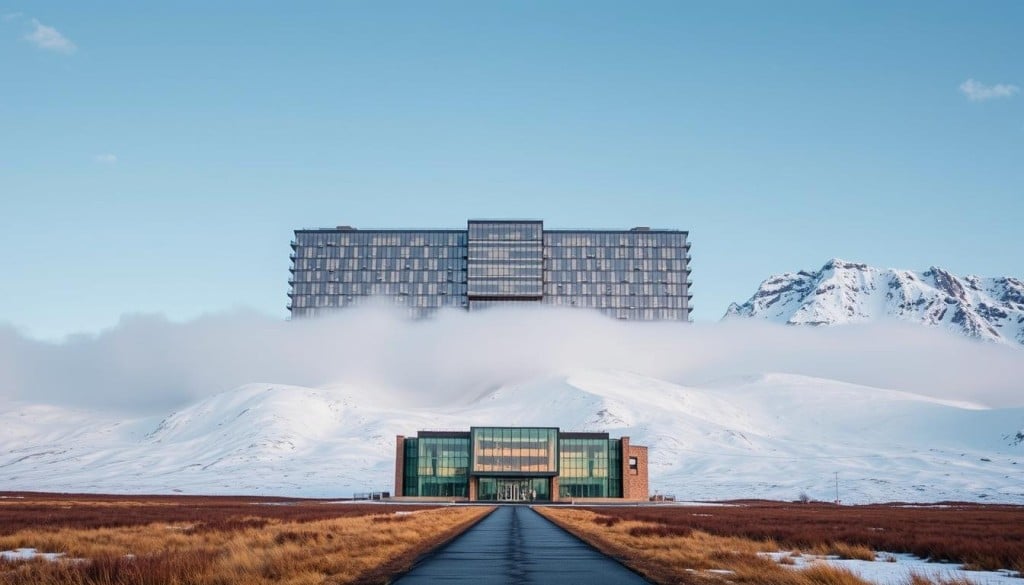
Educators in Nunavut are keen on promoting the Inuktitut language. This effort supports a bilingual society. It’s about keeping the culture alive and making learning reflect local life. Making Inuktitut part of all school subjects helps connect old and young.
Nunavut is working hard to enhance literacy. This shows in the rising literacy rates from innovative teaching strategies. Yet, there are hurdles, such as keeping the local language strong and reaching students everywhere.
We’re cheering on Nunavut’s educational progress. Every step forward in education strengthens the whole community.
Health Care Services and Accessibility
Health care in Nunavut faces challenges because it’s remote. But, we’re glad to see traditional Inuit medicine and modern medical services come together. This combination brings together old practices and new methods. It helps improve health in our communities.
Nunavut’s health care scenario is complex. It includes both modern services and traditional Inuit medicine. To make health care better and easier to get, we need new and creative strategies.
- Overview of Health Care in Remote Areas – There are big challenges to delivering health care in remote areas. But, efforts are growing to make sure people get the care they need, using both traditional and new ways.
- Traditional vs. Modern Medicine – Traditional Inuit medicine is valued and mixed with modern medicine. This creates a complete approach to health care in Nunavut.
- Initiatives for Improving Health Outcomes – There are many efforts to make health care better. This includes telehealth and training for local health workers.
We’re linking traditional practices with modern health care. This shows respect for our culture and makes health care better in Nunavut. Making sure everyone gets great medical care, no matter where they live, is our main goal. We want to make health care match the needs of people in Nunavut. Our hope is to create a healthier future for everyone.
The Role of Environment and Climate
In Nunavut, the ecosystems are a big part of our lives and future. Nature’s balance here, shaped by the cold, is crucial for us and the whole planet. Climate change is hitting Nunavut hard, bringing urgent problems and future risks.
Unique Ecosystems in Nunavut
Nunavut is home to tundra, ice fields, and lakes. These places host many Arctic animals and plants. They’re not just pretty; they’re key for biodiversity and tell us about the planet’s health.
Effects of Climate Change in the Region
Climate change is rapidly changing our landscapes. Warmer weather melts ice and permafrost. This affects wildlife and people’s lives. Sea levels rise and erosion increases, which challenges our traditional ways.
Conservation Efforts and Challenges
We fight these changes with Arctic conservation efforts. We work on:
- Monitoring wildlife to keep hunting sustainable
- Protecting habitats to aid threatened species
- Educational programs to raise ecosystem awareness
We work hard to lessen environmental changes’ effects. We support our communities and their traditional ways. We turn problems into chances for growth and toughness.
| Conservation Initiative | Goals | Challenges |
|---|---|---|
| Sustainable Hunting | Manage wildlife well for future sustainability. | Adjusting to quick changes in animal migrations because of climate change. |
| Habitat Protection | Save key areas like breeding grounds. | Dealing with more human and industrial presence. |
| Awareness Programs | Teach the value of biodiversity and how to protect it. | Getting to remote areas with few learning resources. |
As we tackle these environmental shifts, protecting Nunavut’s ecosystems from climate change is crucial. By focusing on Arctic conservation, we ensure our natural treasures last for future generations.
Arts and Culture in Nunavut
Nunavut’s culture is a vibrant mix that shows the deep roots of its people. It includes both traditional Inuit art and new artistic forms. This region is known for its cultural richness and innovation.
Inuit traditional arts are more than just crafts. They are a deep form of cultural expression. They help keep historical stories and skills alive. These arts include carving, printmaking, and weaving. Each art form tells a story about the land and its people.
Contemporary Nunavut artists are getting noticed around the world. They bring new ideas to old stories. Their art honors their culture while also connecting with global themes.
Nunavut’s culture festivals are important for community life. They bring together both small and large communities. These festivals celebrate life, strength, and art. They include music, dance, traditional games, and food.
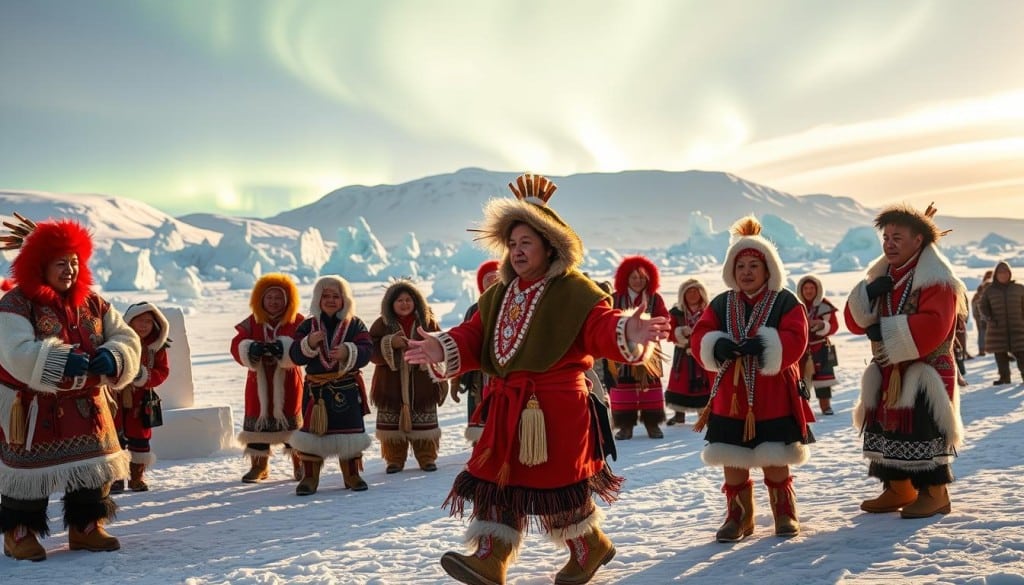
At these festivals, people enjoy Nunavut’s rich culture and hospitality. They help pass on important traditions to the next generation. These events strengthen community pride and unity. They are crucial for keeping Nunavut’s unique culture alive.
Looking to the Future: Challenges and Opportunities
The future of Nunavut stands at a vital crossroads. It’s where the strength of its people meets today’s big challenges. This region is rich in possibilities. The shared spirit of its communities is key in tackling issues like infrastructure, education, and healthcare. Nunavut is ready to grow in a way that respects its culture and the environment.
Socioeconomic Issues Facing Nunavut
Nunavut faces tough issues. Housing shortages and the need for better services and jobs stand out. Yet, the drive to find solutions and strong local leaders bring hope. Solving these problems is crucial for making community resilience in Nunavut a real thing for everyone.
Vision for Sustainable Growth
Nunavut’s growth vision is based on fairness and respect for nature. It aims for economic gains without harming the land or people’s health. Plans are in place to use natural resources wisely, boost education, and protect the unique local ecosystems.
Enhancing Community Resilience and Pride
Building resilience in Nunavut communities is complex. It combines new tech and ancient indigenous knowledge. This approach is boosting self-reliance and pride in their culture. The area is seeing a rise in Inuit art, language, and business – showing a community that values its past while adapting to new times.

